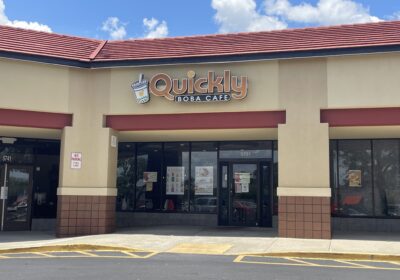OPINION: USF should provide a financial literacy program to reduce homelessness

Over 1,500 individuals in Tampa are experiencing homelessness, according to the 2022 PIT count by the Tampa Hillsborough Homeless Initiative.
Financial strain is a high-risk factor for homelessness, according to an April 2021 study by Medical Care. Financial literacy should be incorporated into homeless assistance programs to reduce the population of homeless individuals.
When Kacia Williams, an investment advisor representative, helped the homeless community, she learned that lack of financial literacy was a common theme between the stories of how these people became homeless, according to her June 2022 article published by Kiplinger.
In order to aid in combating this issue, USF should provide a no-cost program run by students and professors that aim to reduce homelessness through financial education.
San Diego City College has been able to help hundreds of homeless students through financial literacy workshops, according to a Feb. 15 San Diego City College article.
Most of the homeless assistance programs in Tampa provide resources such as healthcare, shelter and emotional support. Although these are good services to provide, they will have no long-term benefit, according to the Homeless Helping Homeless Inc. website. Without the knowledge of how to keep track of finances, these resources are ineffective.
Financial literacy for homeless people is important, according to USF finance major and business owner Bryan Payes.
“Knowing where you stand is very important to ensure you don’t outspend what you make without knowing that you can overpay for a house or car and left with the bank repo your possessions,” he said in a Feb. 24 interview with The Oracle.
By understanding how to properly manage their money, homeless people can turn their lives around and be able to afford their own housing.
“Financial literacy is important because it teaches people how to smartly manage their money and teaches them about smarter financial decisions,” finance major Emily Calam said in a Feb. 24 interview with the Oracle.
If financial literacy is provided to the lower-class population, the number of homeless people could be reduced, Calam said.
Programs such as this have been found to be effective in high homeless population cities like Los Angeles, where a program called Haven Neighborhood Services has been able to help over 1,500 people, according to its 2021 report.
Currently, no homeless assistance programs with a financial program in Tampa have shown proof of being able to reduce the homeless population. There has been little to no improvement in the rate of homelessness across the city since these programs have been in place.
In order to make these programs effective, monetary incentives should be given so they can begin learning how to manage this money. Those running the program should ensure the courses are engaging as the successful Virginia Supportive Housing program.
With such a large number of individuals facing homelessness in Tampa, it is crucial that community members take action to provide an effective financial literacy program to reduce this population.








